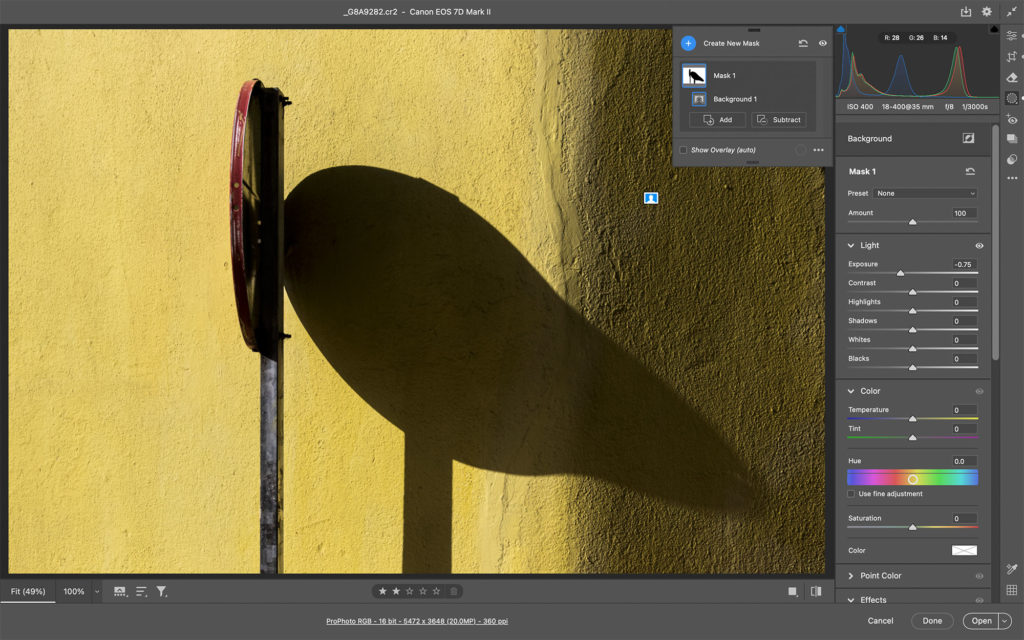Today’s Question: Is there a way to handle metadata conflicts [in Lightroom Classic] in bulk? I want to maintain the metadata in the catalog for a large number of photos that were updated outside the catalog.
Tim’s Quick Answer: Yes, you can select multiple images in Lightroom Classic and handle the metadata conflict for all selected images in one step.
More Detail: Metadata conflicts in Lightroom Classic occur when an image is updated outside the catalog. For example, if you open an image with Camera Raw or apply a metadata update in Adobe Bridge, the metadata in the file won’t match the metadata in the catalog. This is one of the reasons that if you’re using Lightroom Classic to manage your photos all updates should be made within the catalog.
Fortunately, you can resolve metadata mismatches for multiple images at once in Lightroom Classic. In fact, you can even filter images based on those that have a conflict by using the Metadata Status option for one of the columns on the Metadata tab of the Library Filter bar.
To get started, select all photos that have a metadata conflict in the grid view. If you use the loupe view and select multiple photos on the filmstrip, you need to enable the Auto Sync option to update multiple photos. Once you’ve selected multiple photos in the grid view you can click the badge indicating the metadata conflict at the top-right of the thumbnail for one of the selected images.
Clicking the metadata conflict badge will bring up a confirmation dialog, where you can choose an option for how to handle the conflict. In this case you would click the “Overwrite Settings” button to save the metadata from the catalog to the source files on the hard drive. If you wanted to preserve the metadata in the photos you could click the “Import Settings from Disk” button to update the catalog with the metadata from the source files.
When you handle the metadata conflict with multiple images selected in the grid view, the option you choose in the confirmation dialog will be applied to all selected images.



